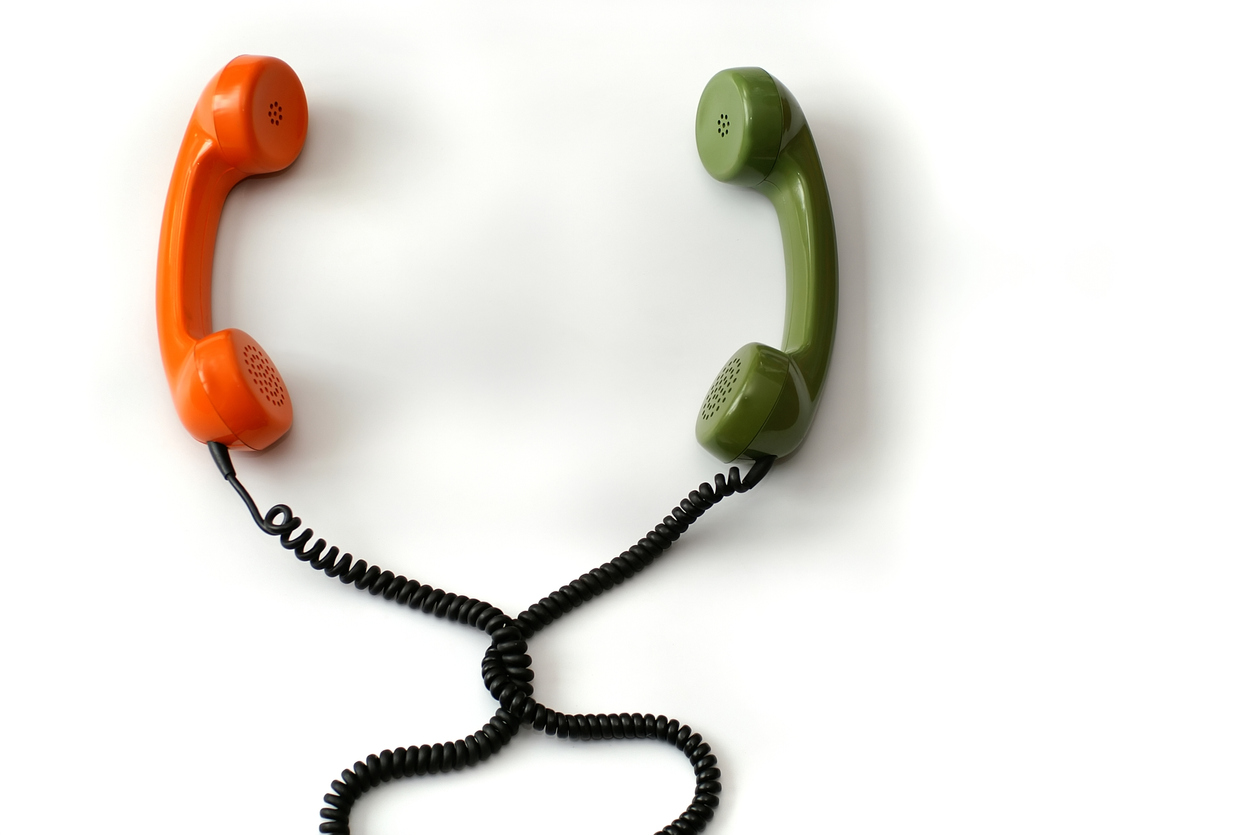4:29 PM What are the different types of call transfers? |
Transferring a call means routing the caller to a specified contact person, for example, the switchboard operator or simply an external telephone number. As soon as you choose a transfer action, you can at the same time specify the transfer mode you want to perform. In addition, there different types of call transfer, namely direct transfer, filtered transfer, supervised transfer, and secondary transfer. Unconditional forwardingUnconditional forwarding known as direct forwarding is the simplest way to divert incoming calls currently on the market. Automatic forwarding routes incoming calls directly, in addition to any other telecommunication configurations that are in place, to the specified end-caller. Many virtual phone numbers are configured to act in this way. In addition, many companies have taken advantage of multiple virtual local or national telephone numbers being forwarded to a single point of diligence number. In practice, once direct divert is set up on your phone, it will normally produce a special tone so that it is obvious to whoever picks up the phone set up by the unconditional divert. Very popular in the UK and Europe, a call will blow out that it is a call from a particular number. This type of portable call transfer is specifically appropriate in shared service call centers where you may be answering calls for different companies. Cascading callA little more difficult than a simple direct forward, call cascading allows you to transfer incoming phone calls to multiple recipients in an orderly sequence in preference to ringing them all simultaneously. Once the mobile call transfer is answered, the cascade process ends, and no other mobile phones ring. Call cascading is most useful where companies have a defined call answering organization. The reason why companies adopt it is that it optimizes internal professionalism, ensuring that some members of staff or branches are not forced to answer the phone unless it is absolutely important. Find me, follow me transferFind me and follow me are two specific types of call transfer services that are often used in conjunction with each other to improve office efficiency. Although similar, the two services have some differences. Find-me services allow you to pick up your incoming calls, no matter where you are, with very few barriers. In contrast, with Follow Me services, the caller can reach you through user-specified telephone numbers. Generally, when you find/follow me, the mobile call transfer type is used and a virtual phone number is authenticated to the user. This virtual number can be used on different phones, landlines or mobiles, which means great flexibility. Search groupsOften referred to as line hunting, line hunting groups distribute phone calls from a specific number to different phone lines based on an algorithm that selects the line receiving the call. Current hunt groups operate on an idle hunt system during which the group's phone line remains unoccupied for a period of time. This type of call transfer works well in unreachable call centers that ensure that the workload of employees is spread evenly and equally. Still, a line search group can be harmonized with the originality of a call center. This mobile call transfer is considered to be a low idle system, as new incoming calls are mostly redirected to lines that have just completed a call. They then have to deal with the consequences of that call, leading to lofted attentions. Call Whisper/ScreeningCall whispering sometimes called call screening is a type of mobile call forwarding that advances by allowing the recipient of the call to screen incoming calls and subsequently decide who to answer and who to reject. In practice, as soon as the recipient picks up the phone, a message is transmitted which only he or she can hear, while the caller can hear a ringing tone. It is the recipient's duty to choose whether or not to speak to the caller. If he or she chooses to pick up the call, he or she can do so by pressing the appropriate button to take the call, or simply hang up if he or she chooses not to take the call. With this call screening, you can play a short message inviting the caller to name their name. This will then allow you to decide while the caller is on hold and at the same time allow you to choose whether to take the call or redirect the caller directly to your voicemail. If you still have no idea which type of mobile call forwarding is best for your business, please visit Conversational.com. Their team of professionals will be happy to guide you in the right direction and ensure that you choose the answering call system that will benefit your business the most. |
|
|
| Total comments: 0 | |
